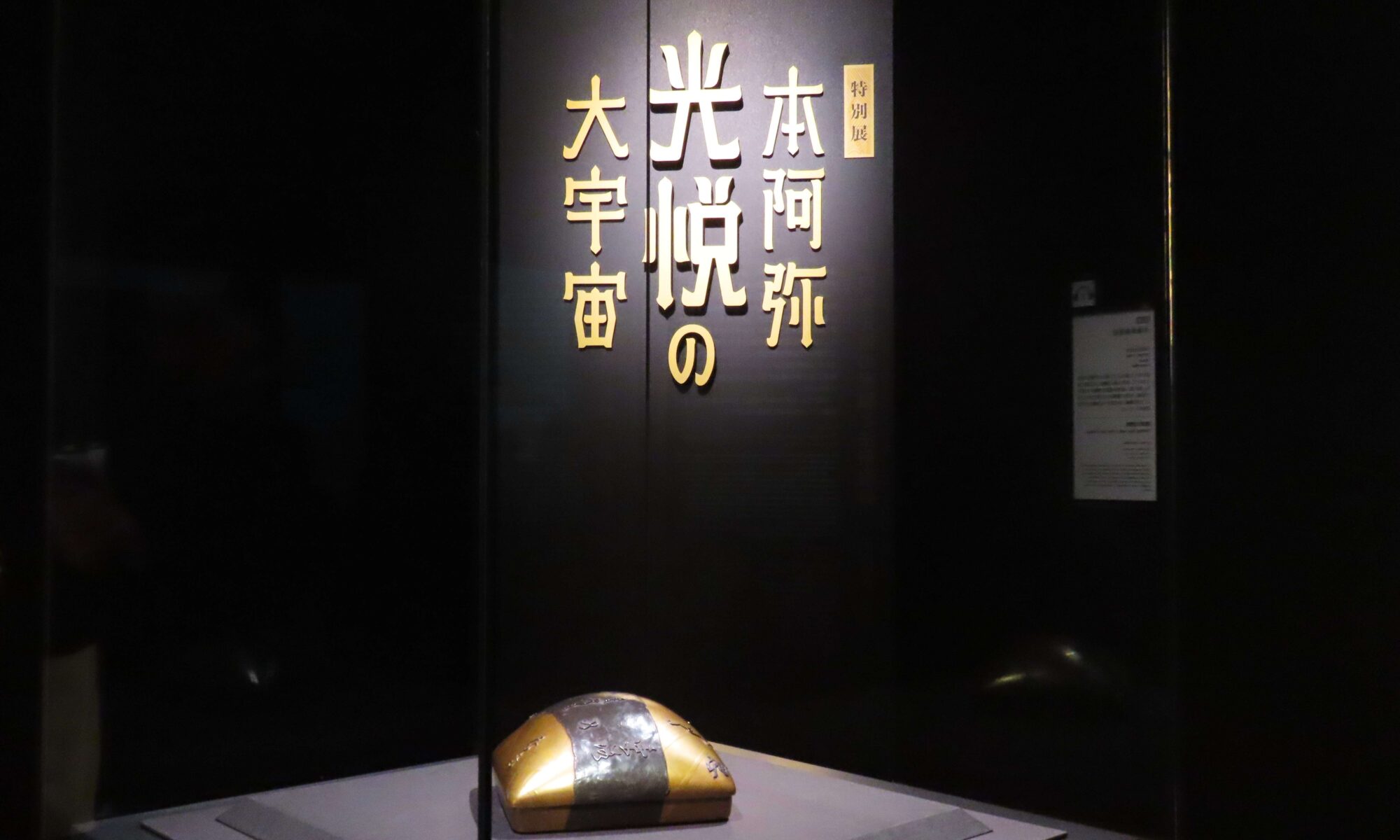Tokyo National Museum
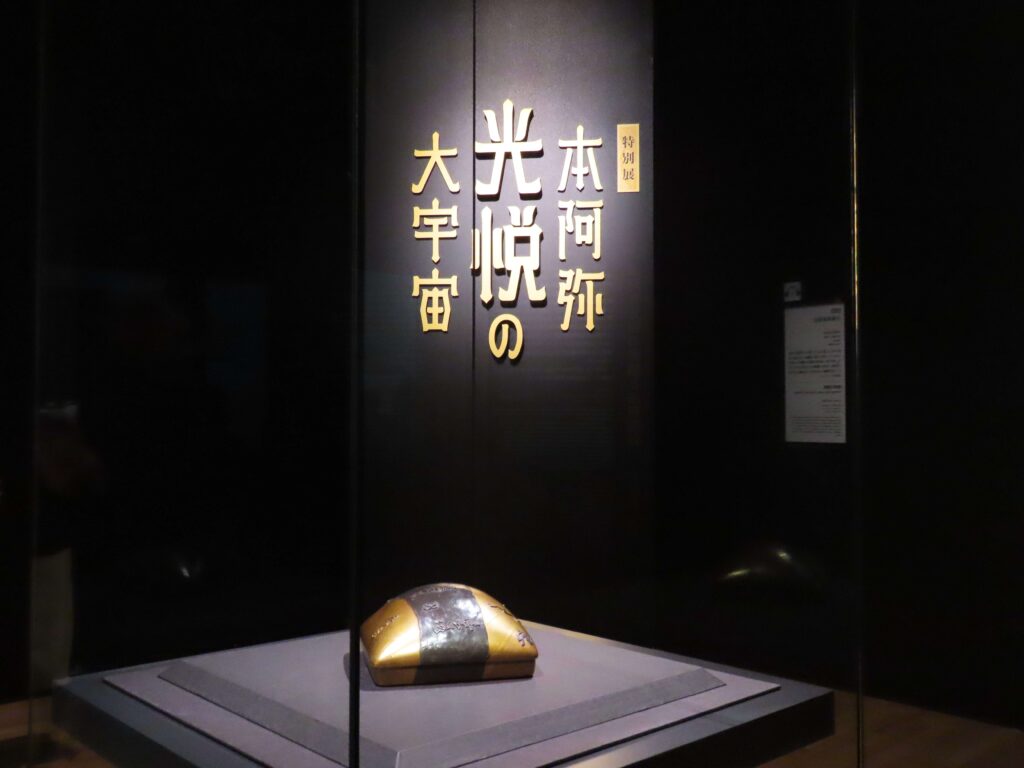
Koetsu Hon’ami lived in an era of war, excelled in the arts, and created innovative works.
As the title suggests, the special exhibition to be held at the Heiseikan of the Tokyo National Museum, “The Macrocosm of Hon’ami Koetsu,” shines a light on his faith and inner world through a number of works.
This article reports on the press preview held the day before the event.
Who is Hon’ami Koetsu?
Hon’ami Koetsu , who was active in the early Edo period, was born into a prestigious family of Japanese sword appraisers, and was an artist who had a great influence on later Japanese culture.
Not only was he highly regarded by the Tokugawa shogunate and feudal lords for his excellent skill in making swords, which was his family trade, but he was also known as a calligrapher (master calligrapher), and was also known for his skills in pottery and lacquer art. He was involved in a variety of forms, including publishing, and left behind excellent works for future generations.
“A person who has been flattered all his life and is completely embarrassed” and “a stranger” (“Hon’ami Gyojoki”)
Koetsu, who was praised for his deep faith and sparkling spirit, continues to receive high acclaim, with many of the exquisite pieces he created being designated as national treasures and important cultural properties.
Approaching the aesthetic sense of the eccentric Koetsu Hon’ami
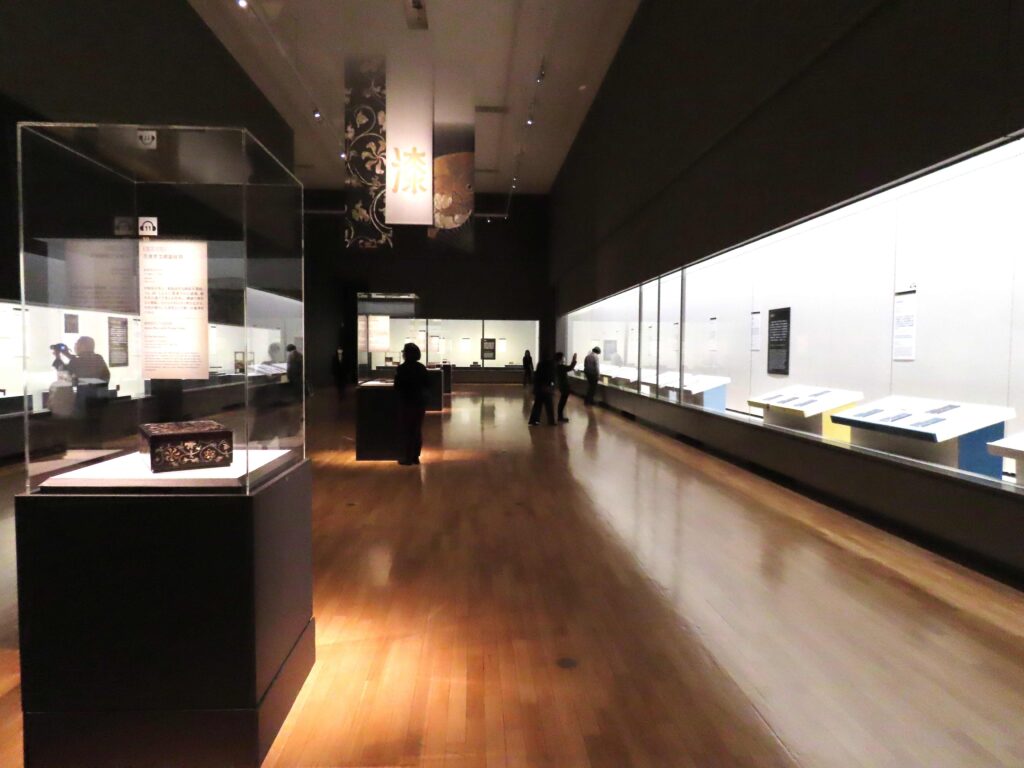
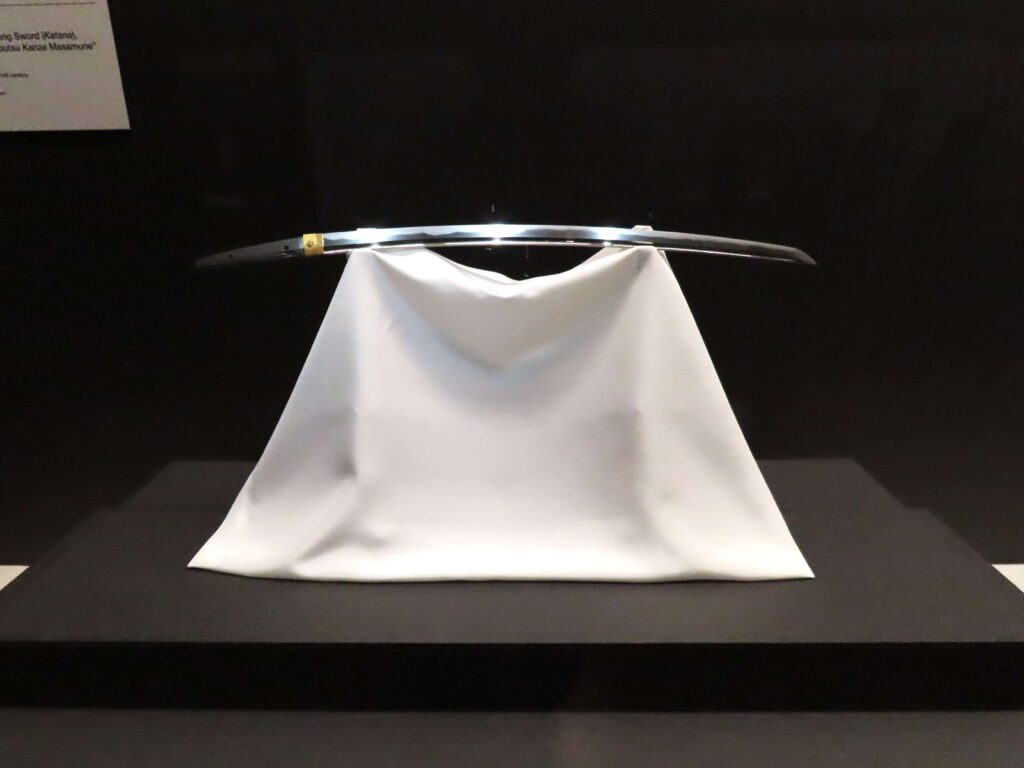


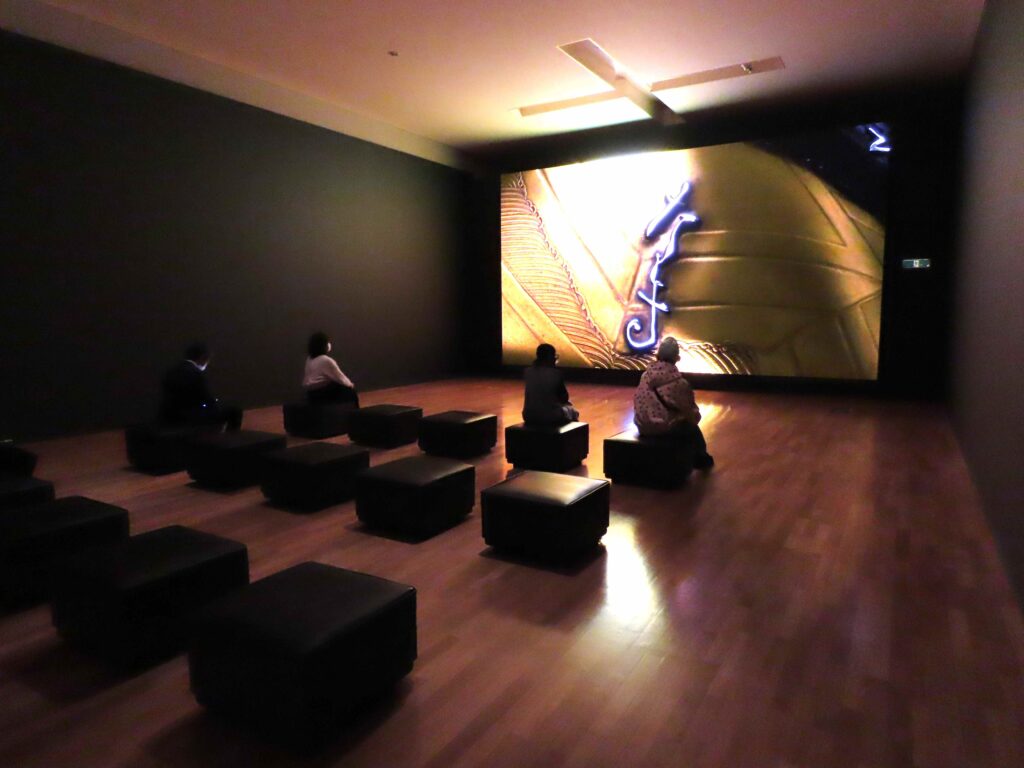
This exhibition is
Chapter 1 The Hon’ami Family’s Household Work and the Lotus Faith – The Source of Koetsu’s Art
Chapter 2 Utaihon and Koetsu Makie – Explosive words and forms
Chapter 3 Koetsu’s brush strokes and letterforms – virtuosity in two-dimensional space
Chapter 4 Koetsu Tea Bowl – Earthen Sword
This chapter allows us to explore Koetsu Hon’ami’s aesthetic sense through a number of exquisite works.
In addition to Koetsu’s own calligraphy and pottery, the museum exhibits lacquer work created by craftsmen who gathered together under the same faith, as well as works created in response to the social conditions of the time. Furthermore, we focus on the Hon’ami family’s beliefs as well as the society of the Hokke townspeople at the time, creating an exhibition structure that provides a comprehensive view of the state of Koetsu.
In particular, the fourth and final chapter, “Koetsu Tea Bowls – Swords of the Earth,” exhibits many breathtakingly elegant bowls, including “Kuraku Tea Bowl Named Shigure” (Important Cultural Property) by Hon’ami Koetsu. This gives it the feel of being the highlight of this exhibition.
Here you can see works selected by genre from the works exhibited in each chapter.
lacquer
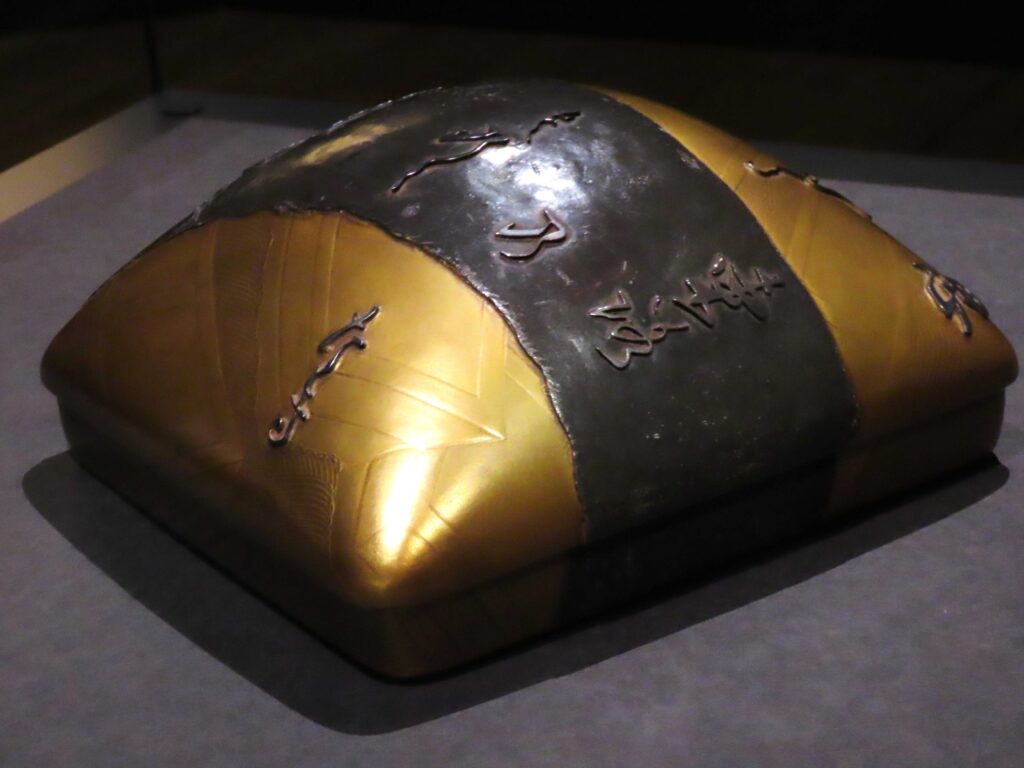
A chain of images woven by the world of literature and calligraphy
The Funahashi Makie Inkstone Box, a national treasure, sits at the entrance to this exhibition and astonishes visitors with its brilliance and shape.
This inkstone box is famous as a masterpiece of Hon’ami Koetsu (1558-1637), and its distinctive feature is the raised, chevron-shaped lid. The whole body is rectangular with rounded corners, and the lid is made larger than the body.
The entire surface of the box is densely sprinkled with gold powder, small boats are lined up in the pattern of waves, and the space between them is filled with fine ripples, and silver poetry letters are inlaid high into the box.
sword
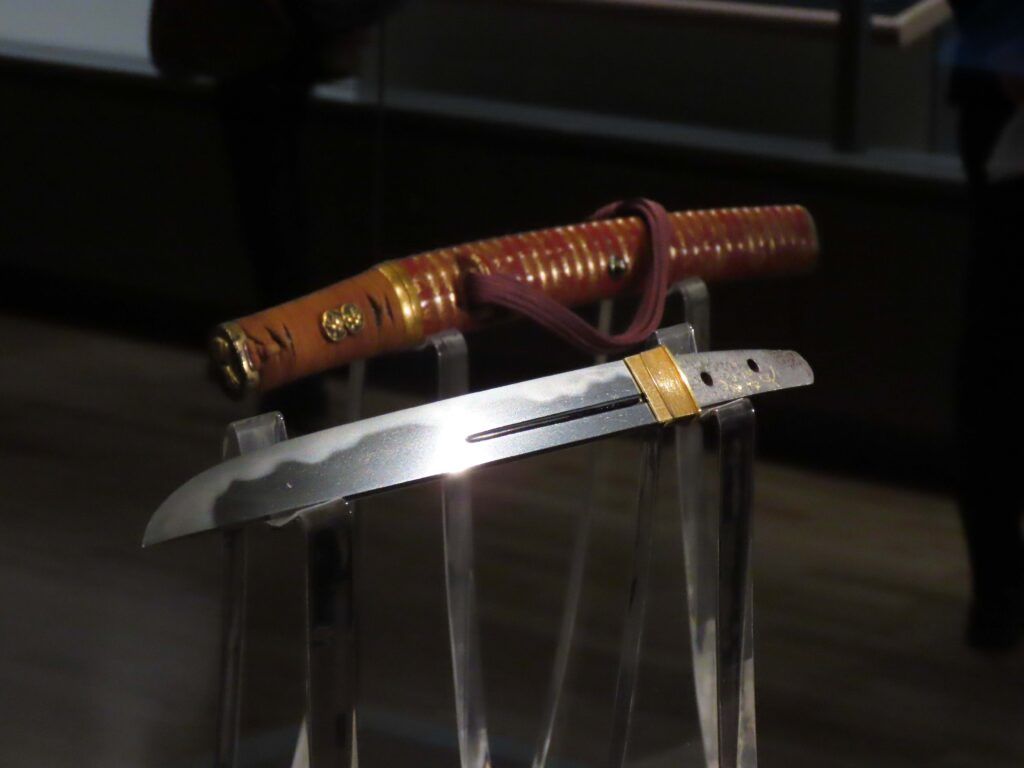
Famous swords carefully selected by the Hon’ami family’s aesthetic sense
The only sword that has been passed down as the Sashiryo of Koetsu has been exhibited to the public for the first time in about 40 years.
The author, Kaneuji, was a swordsmith who was active in Shizu, Mino Province (present-day Gifu Prefecture) from the end of the Kamakura period to the first half of the Nanbokucho period. The backs of the fingers are inlaid with gold, a “hanagamami” that is said to be Koetsu’s brush, and the accompanying sword holder is decorated with delicate grass that wraps around the entire scabbard in gold lacquer, making it extremely gorgeous.
If you decipher the meaning of the words and designs of the gold inlay on the flower keepsake and the gold lacquer on the creeping grass, will you be able to see Koetsu’s hidden feelings?
book
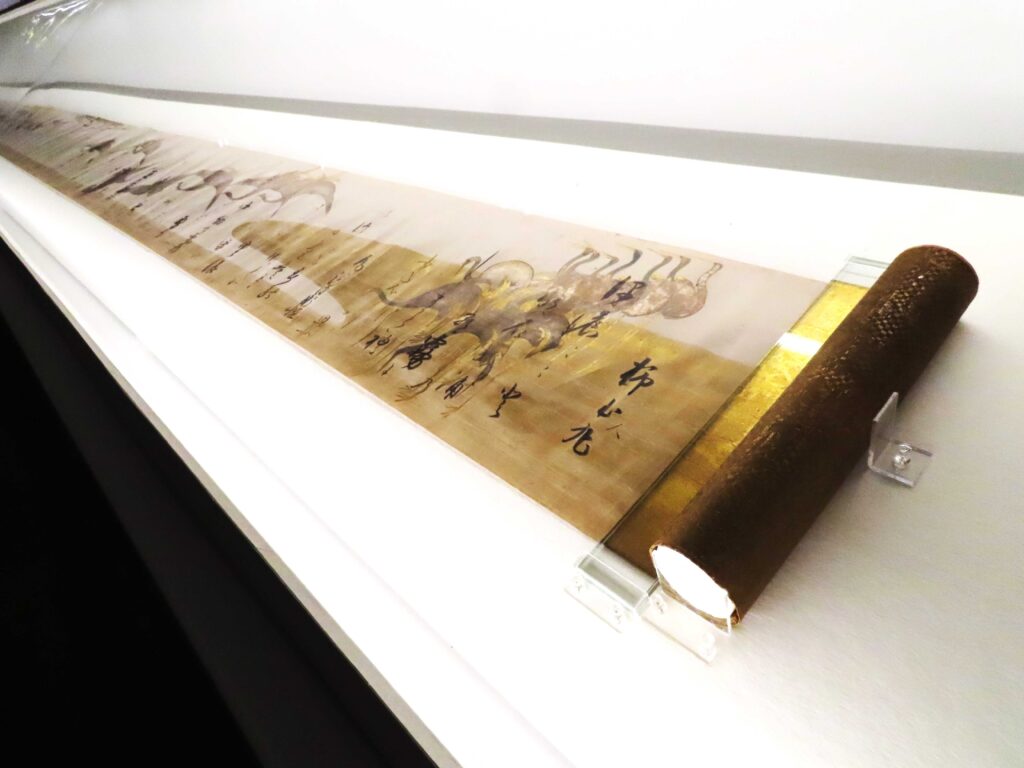
Representative works of Koetsu’s most fulfilling period
A volume of writing paper depicting a flock of flying cranes in gold and silver paint, with 36 poems from 36 poets up to the Heian period scattered on it. The shape and layout of the letters are skillfully changed to match the rise and fall of the cranes and the density of the flock, and you will be amazed at the sense of dynamism.
The calligraphy, which develops in cooperation with or even in competition with sketches attributed to Sotatsu Tawaraya, is said to be a representative work from the period when Koetsu exhibited his most fulfilling style.
This exhibition will be a very valuable opportunity as all volumes will be exhibited at once.
Pottery

Famous bowls that still have an overwhelming presence
Raku tea bowls are shaped by hand and carved with a spatula, and the tea bowls that are said to have been created by Koetsu have designs that give the impression of Koetsu’s own hand movements in various places. .
However, this work is characterized by suppressing this, giving an overall impression of tranquility. It is also known that Morikawa Nyoshunan, a sukiyakusha from Nagoya, acquired it at the young age of 16.
Event overview
| Period | January 16, 2024 (Tuesday) – March 10, 2024 (Sunday) *Some works may be displayed during the exhibition period. |
| venue | Tokyo National Museum Heiseikan (Ueno Park) |
| Opening hours | 9 : 30-17 : 00 *Last entry is 30 minutes before closing. |
| closing day | Monday, February 13th (Tuesday) *However, it will be open on February 12th (Monday/Holiday) |
| Admission fee | General: 2,100 yen University students: 1,300 yen High school students: 900 yen*During busy times, you may have to wait to enter. *Free for junior high school students and under. Please present your student ID when entering the museum. *Free admission for people with disabilities and one caregiver. Please present your disability certificate when entering the facility. *With this exhibition ticket, you can also view the general cultural exhibition only on the day of viewing. For details, please check the ticket information page on the exhibition’s official website . |
| Exhibition official website | https://koetsu2024.jp/ |
*The contents of the article are as of the time of interview. Please check the official exhibition website for details as the information may differ from the latest information. Additionally, the works featured in this article may have already been exhibited.


